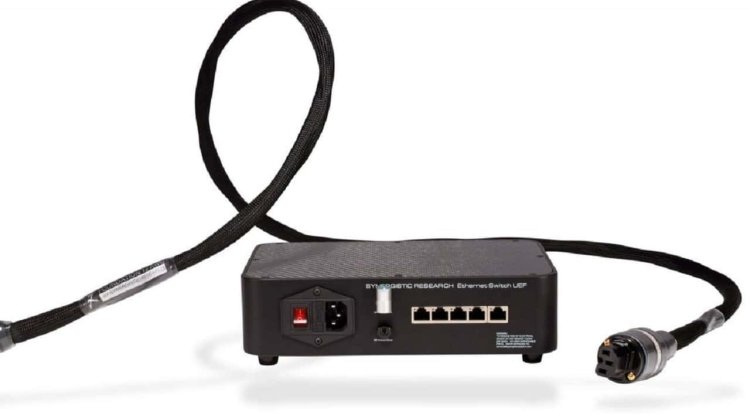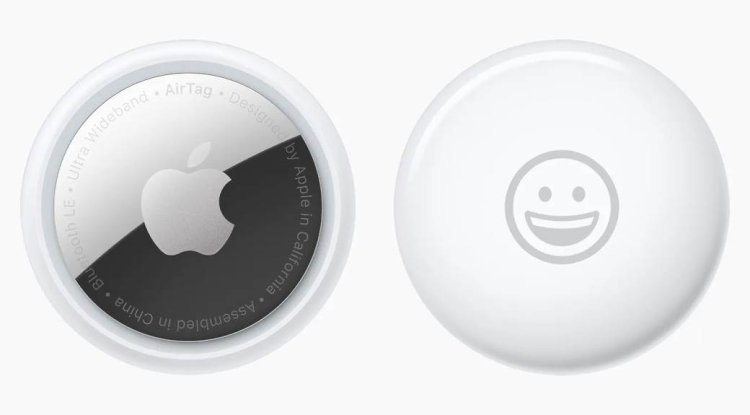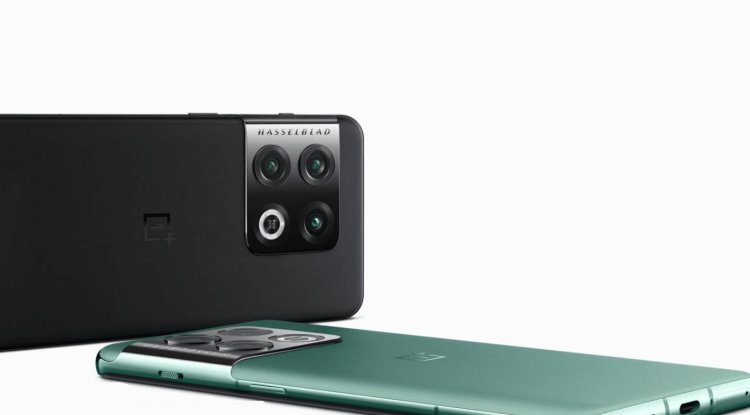Ethernet switch to make the sound better
For an extremely high price, sound enthusiasts should get better audio quality from the Internet with the Ethernet switch UEF.

For an extremely high price, sound enthusiasts should get better audio quality from the Internet with the Ethernet switch UEF.
Synergistic Research has developed an Ethernet switch that is designed to smooth electrical signals in order to achieve better audio quality from audio streaming services. The UEF Ethernet switch costs an impressive 2,595 US dollars, which makes the whole thing interesting only for die-hard audiophiles, as normal switches are known to be available for a fraction of this price.
The device is equipped with "Active EM Cell" technology, which is supposed to close the gap between digital audio quality and analog tapes and records. To "further improve the audio quality", the switch is also made from a solid block of aluminum and uses carbon fiber to prevent vibrations from the housing from penetrating the switch, which, according to the manufacturer, could disrupt the digital signal. An optional "SR Ground Block" also serves as a ground for the switch. First test positive, but doubtful
According to a test report by Robert S. Youman, the Ethernet switch supposedly has a positive influence on the quality of online audio streaming and can be worthwhile with the appropriately high-quality source material. Thanks to the switch, the richness of detail in high-resolution audio files from the network corresponds to the best files that are stored locally on the hard drive and are in some cases even preferable to vinyl recordings.
However, since the review is based on Youman's "subjective requirements, [...] subjective ears, [...] specific system configuration and [...] specific listening room" and there are no measurements of sound quality, these observations should be made with caution enjoy.
It should also be taken into account that digital signals do not get any better unless some "terrible" components ensure that bits are swapped - which, however, would jeopardize all data running over a network switch. The hardware therefore either receives the complete transmission or fails and is repeated. The only real "candidate for loss" is digital-to-analog conversion, for which the switch is not responsible.





































